cedar decking vs composite
Explore the differences between cedar decking and composite materials, including cost, durability, maintenance, and aesthetics in this detailed guide.
Cedar Decking vs Composite: A Detailed Comparison
Introduction
In the world of outdoor living spaces, choosing the right material for your deck can be a daunting task. Two popular options are cedar decking and composite decking. Each has its own set of advantages and disadvantages when it comes to cost, longevity, maintenance requirements, environmental impact, and aesthetic appeal. This article delves into these aspects to help you make an informed decision.
Cost
When comparing cedar and composite materials, the initial cost is often a primary consideration. Cedar is typically more affordable upfront compared to composite materials. According to a study by HomeAdvisor, the average cost for a 200-square-foot cedar deck ranges from $1,600 to $2,400, while a composite deck of the same size can cost between $2,500 and $3,500. However, it’s important to consider long-term costs as well.
Longevity
Composite decking tends to outlast cedar in terms of durability and resistance to wear and tear. Composite materials are engineered to withstand moisture, insects, and weathering better than natural wood. For example, a composite deck can last up to 25 years with minimal maintenance, whereas cedar may require replacement or significant repair after about 15-20 years.
Maintenance Requirements
Cedar decks generally require more upkeep compared to their composite counterparts. Cedar needs periodic staining or sealing to protect against moisture and UV rays, which can add to ongoing maintenance costs. On the other hand, composite decking requires less maintenance; it doesn’t need painting or sealing and resists fading, warping, and cracking more effectively.
Environmental Impact
From an environmental perspective, both cedar and composite have their pros and cons. Cedar is a renewable resource and biodegradable, making it a more eco-friendly option if sourced sustainably. Composite decking, made from recycled plastic and wood fibers, helps reduce landfill waste but involves higher energy consumption during manufacturing. It’s advisable to look for composite products certified by organizations like the Forest Stewardship Council (FSC).
Aesthetic Appeal
Aesthetically, cedar offers a warm, natural look that many homeowners find appealing. The rich grain patterns and color variations of cedar give each deck a unique appearance. Composite materials, while they have come a long way in mimicking the look of wood, still often lack the natural charm of cedar. However, advancements in composite technology have led to more realistic textures and colors, providing a wider range of aesthetic choices.
Case Studies
To illustrate these points, consider the experience of the Johnson family who installed a cedar deck in their backyard. After 10 years, despite regular maintenance, they noticed signs of wear and required repainting. In contrast, the Smiths opted for a composite deck and reported no significant issues over a 15-year period, with only occasional cleaning needed.
Conclusion
Choosing between cedar and composite decking ultimately depends on your priorities regarding cost, maintenance, aesthetics, and environmental concerns. While cedar offers a natural beauty and lower upfront cost, composite decking provides greater durability and reduced maintenance. Carefully weigh these factors to select the best option for your home and lifestyle.
Reference
Baoding Plastroy WPC Products
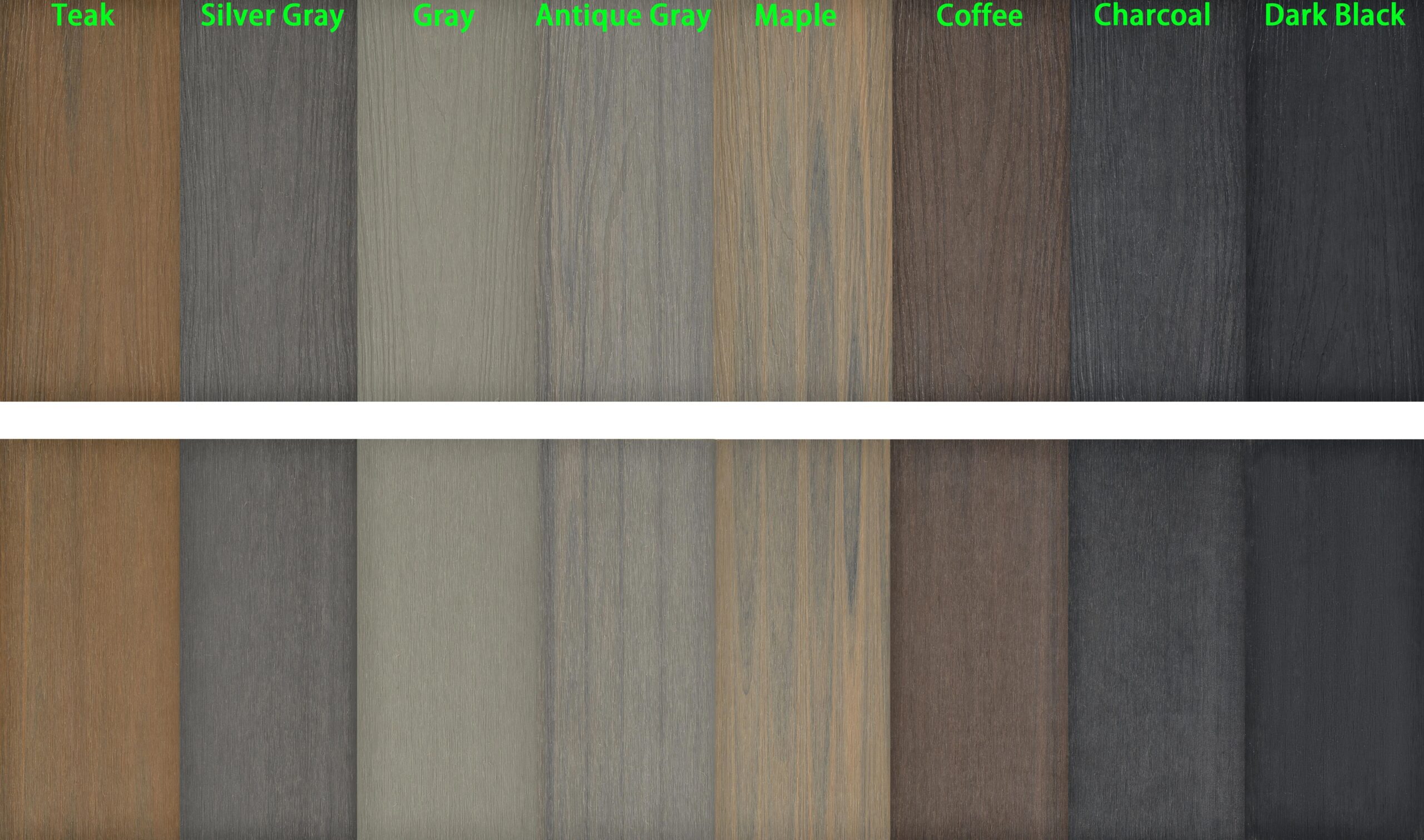
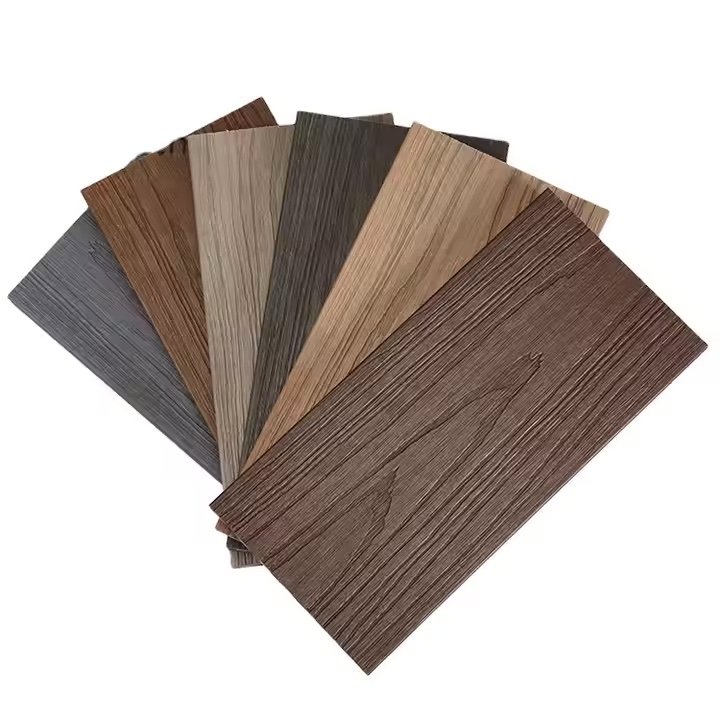
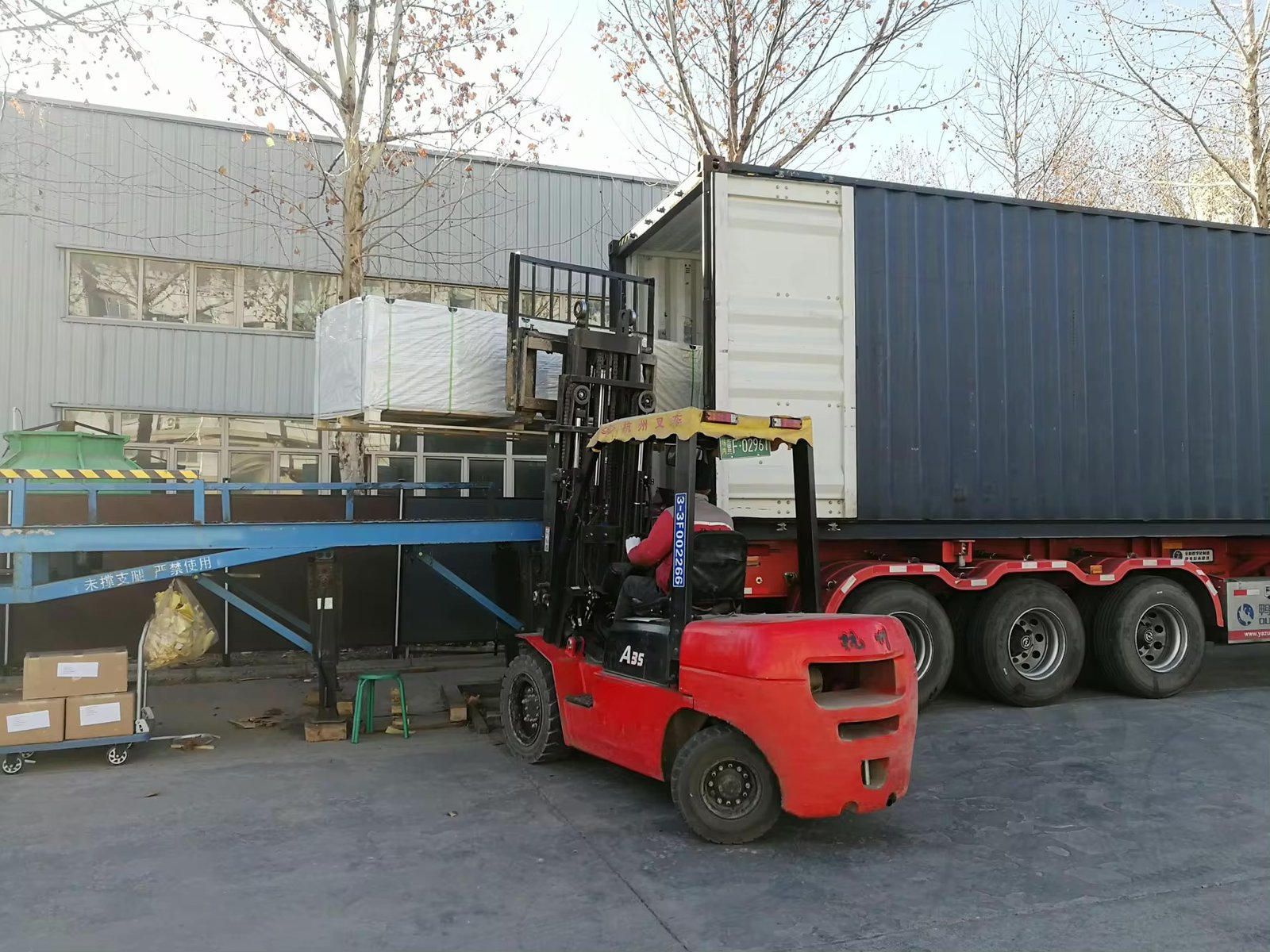
Why Choose Plastory?
Baoding Plastory New Materials Co., Ltd. is a manufacturer of decorative materials with over 9 years of experience and 56 separate production lines.
Currently, our annual production exceeds 30,000 tons, with products exported to more than 50 countries worldwide.
Plastory is the drafting unit of the WPC National Standards and has obtained certifications such as REACH, ASTM, CE, and FSC. Plastory is dedicated to maintaining consistent quality, focusing on details, and prioritizing customer satisfaction.
Our factory is located in Baoding, Hebei Province, China, with a prime location and convenient transportation access. Baoding is approximately a 1.5-hour drive from Beijing Capital International Airport and just 2 hours away from Tianjin Port, making it easy for global clients to visit and facilitating efficient shipping of goods. Our facility spans a large area, equipped with advanced production equipment and modern testing facilities to ensure that every batch of products meets the highest quality standards.
We warmly welcome clients from around the world to visit our factory, where you can see our production processes firsthand and experience our product quality. Please feel free to reach out to us—we are committed to providing you with the best products and services.
Kindly get in touch with us to request a product catalogue.


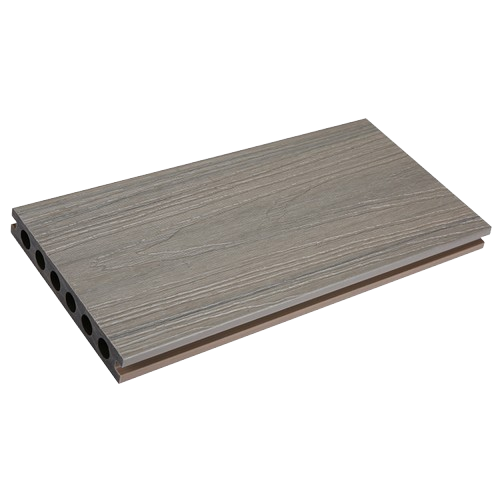
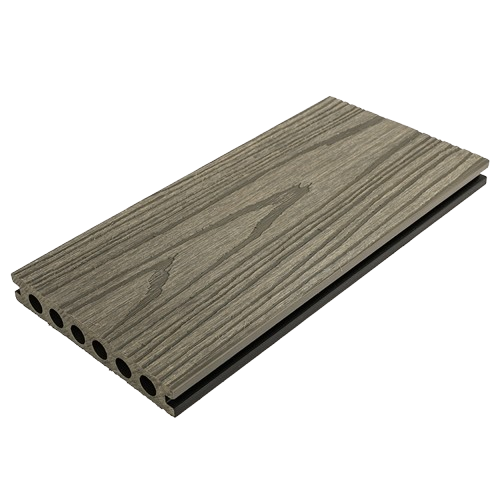
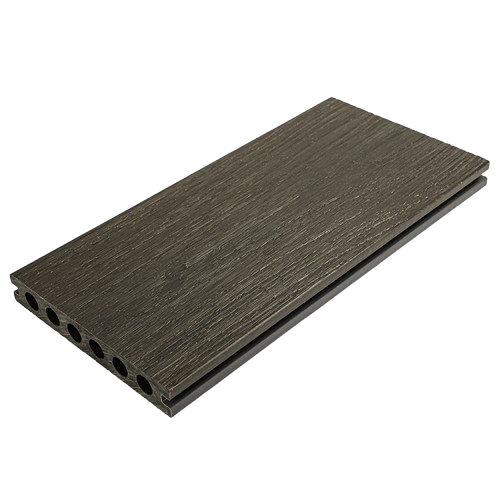
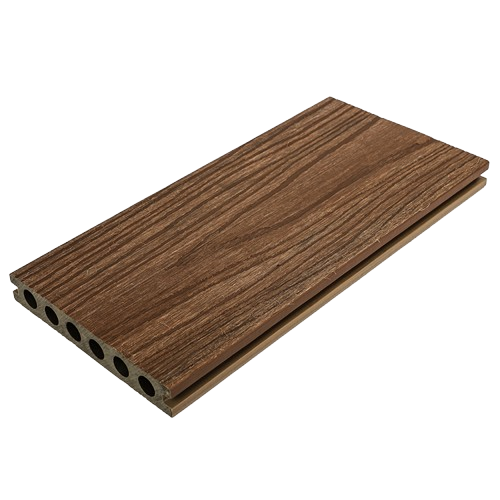
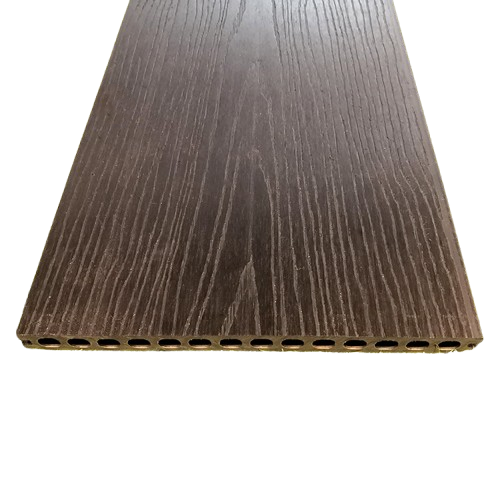

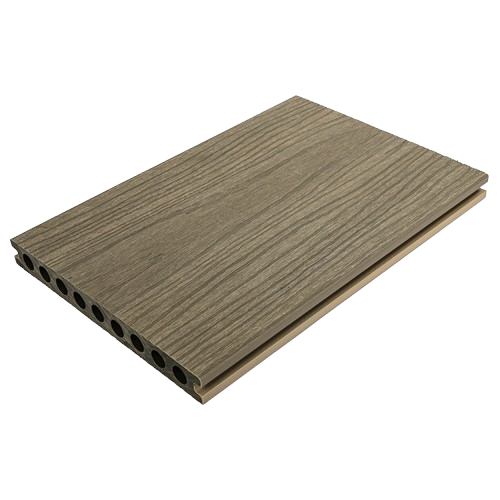

Reviews
There are no reviews yet.